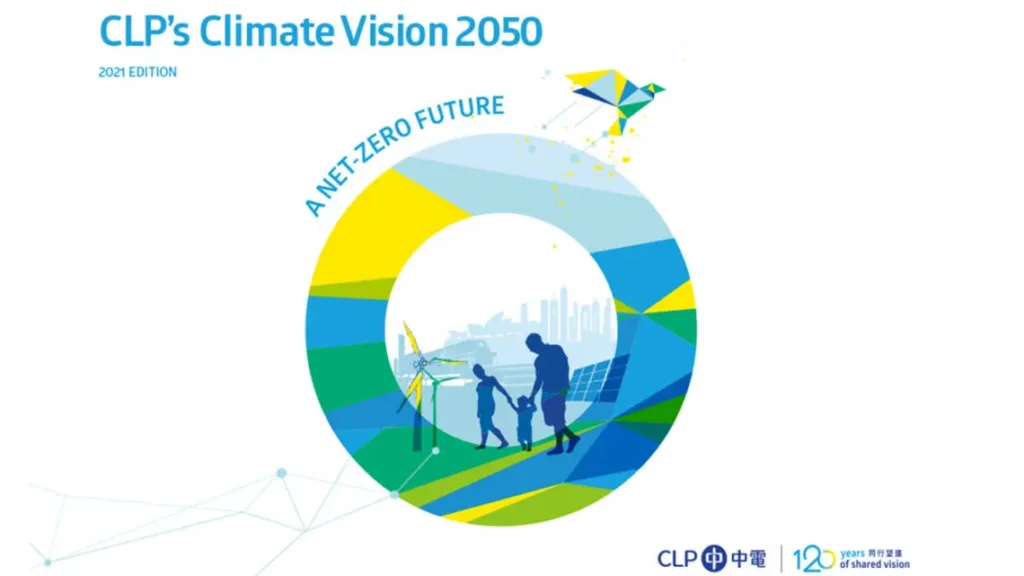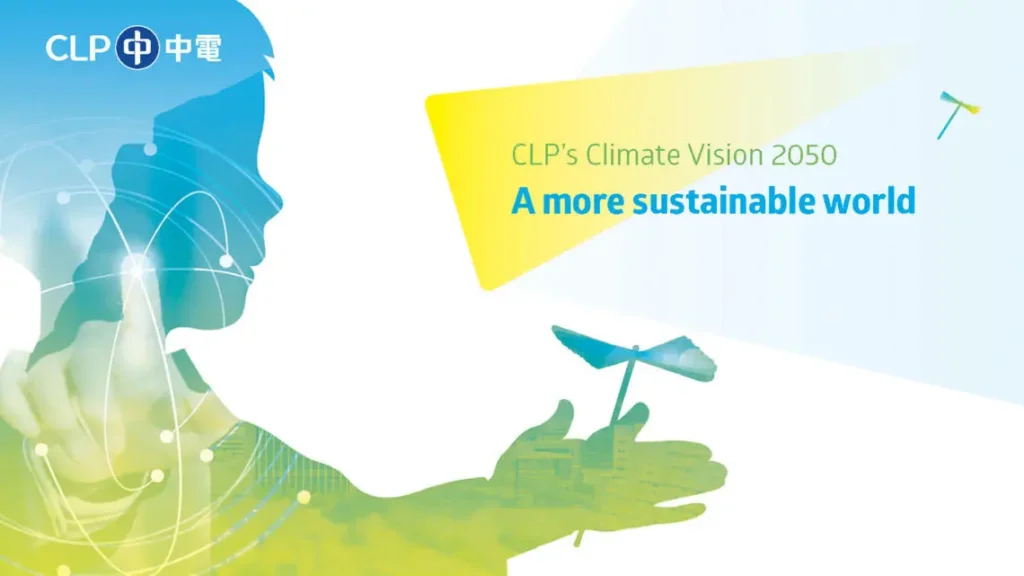Authors
CLP Group
The CLP Group (CLP) has updated its Climate Vision 2050, the Group’s blueprint to transition the business towards its net-zero goal by mid-century.
Following an extensive review of its decarbonisation targets and commitments that concluded in early 2024, CLP published a new edition of Climate Vision 2050, featuring the Group’s newly strengthened greenhouse gas emissions intensity target for 2030.
The latest update details key actions CLP is taking to decarbonisie its business and ensure an orderly energy transition, with the Group remaining committed to its existing climate targets including phasing out coal-fired power assets before 2040, and achieving net-zero greenhouse gas emissions across the value chain by 2050.
“As a power company operating across Asia Pacific, we fully appreciate that we are at the front end of the value chain to enable reduced emissions to address climate change across a broad spectrum of the economy,” T.K. Chiang, Chief Executive Officer of CLP Holdings Limited, says in the updated Climate Vision 2050.
Integral to CLP’s broader climate strategy, the updated Climate Vision 2050 sets out the Group’s approach to climate scenario analysis and assessment of climate-related risks and opportunities, referencing requirements in the new International Financial Reporting Standards (IFRS) S2 Climate-related Disclosures.
To enable closer alignment with international efforts to limit global warming to 1.5°C above pre-industrial levels, CLP is committed to reviewing its climate transition plans and targets at least every three years.
The update of Climate Vision 2050 coincided with the publication of CLP’s latest Annual Report and Sustainability Report, as the Group continued to assess and disclose material topics key to its business sustainability from both the financial and impact perspectives. This is the third year in which CLP has adopted the double materiality approach.
The newly published reports were restructured to frame the discussion on sustainability-related impacts, risks and opportunities with reference to the IFRS S1 General Requirements for Disclosure of Sustainability-related Financial Information and IFRS S2 Climate-related Disclosures. This reflects CLP’s commitment to continuous improvement in its reporting with the aim of providing stakeholders with greater insight into the Group’s strategies to build a sustainable, purpose-aligned business in an ever-changing operating landscape.
While the Annual Report focuses on the financial effects of material topics that may affect the Group’s business, including cash flow, access to finance and cost of capital, topics that have a material impact on people, the environment and the economy are covered in the Sustainability Report.
A new dedicated chapter in this year’s Sustainability Report also focuses on how CLP manages nature-related impacts, in response to growing interest in this important topic from stakeholders.




